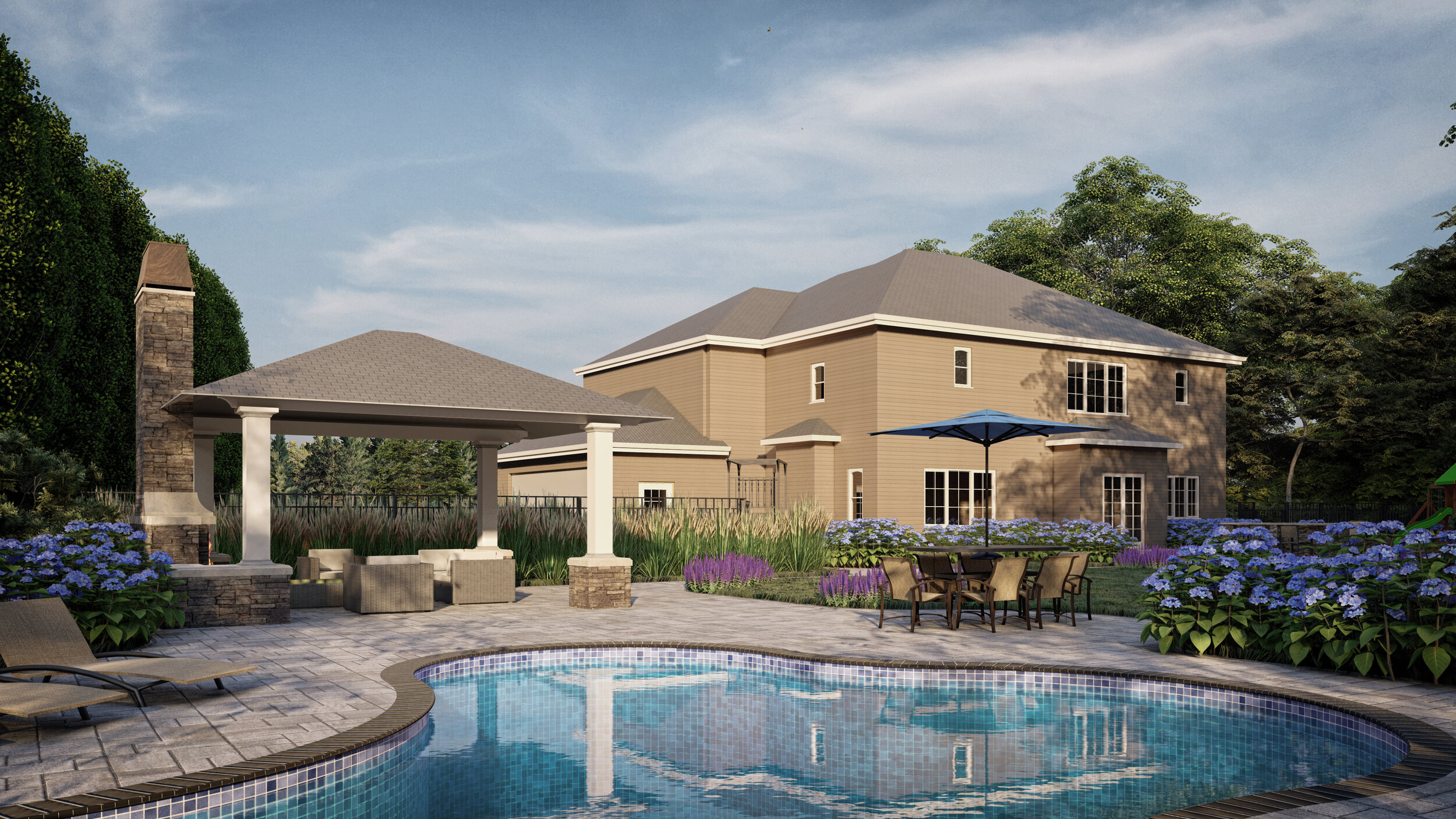Unveiling the Excellence of Design-Build Landscaping: A Seamless Approach to Outdoor Transformation
In landscaping, the design-build approach has emerged as a revolutionary methodology, seamlessly blending creativity, efficiency, and functionality. Design-build landscaping is a comprehensive process that integrates both the design and construction phases under a single entity, fostering a collaborative environment that streamlines the entire outdoor transformation journey.
The Essence of Design-Build Landscaping:
Design-build landscaping is a departure from the traditional sequential model of hiring separate designers and contractors. In this innovative approach, a single entity assumes responsibility for both the design and construction aspects of the landscaping project. This integration facilitates a cohesive workflow, allowing for greater communication, efficiency, and problem-solving throughout the entire process.
Key Components of Design-Build Landscaping:
Collaborative Design Phase:
Early Collaboration: Design-build landscaping encourages early collaboration between designers, architects, and construction professionals. This ensures that the creative vision aligns with practical considerations from the outset.
Continuous Communication: Unlike the fragmented communication in traditional models, design-build fosters ongoing dialogue among all stakeholders. This constant interaction helps in real-time problem-solving and adjustments to the evolving project requirements.
Seamless Transition to Construction:
Unified Team: Design-build brings together a cohesive team that works seamlessly from conception to completion. This unity enhances project coordination, accelerates decision-making, and minimizes the likelihood of miscommunication.
Efficiency in Execution: With the design and construction teams working in tandem, there is a smoother transition from the planning phase to the execution of the landscaping project. This often results in shorter project timelines and reduced costs.
Adaptive Problem Solving:
Flexibility: Design-build landscaping is inherently flexible, allowing for adjustments during the construction phase based on real-time feedback and unforeseen challenges. This adaptability ensures that the final result aligns with the client's vision while addressing practical constraints.
Cost-Effectiveness:
Single Point of Accountability: The integration of design and construction under a single entity eliminates the need for the client to manage multiple contracts. This single point of accountability streamlines the entire process and minimizes the risk of disputes, ultimately leading to cost savings.
Quality Assurance:
Unified Vision: The unity of design and construction teams ensures that the intended design is faithfully translated into the final product. This alignment results in a higher likelihood of achieving the desired quality in the landscaping project.
Read Next: The Benefits of Using a Professional Landscaping Company for Your Commercial Property
The Wrap:
Design-build landscaping represents a paradigm shift in the way outdoor spaces are conceptualized and brought to life. By breaking down silos between design and construction, this approach offers a holistic and streamlined process, delivering not just aesthetically pleasing landscapes but also functional and enduring outdoor environments. As the demand for efficient and collaborative project delivery continues to grow, design-build landscaping stands out as an innovative solution that harmonizes creativity and practicality in the pursuit of transforming outdoor spaces.
Contact us today to get a free consultation for your project.


